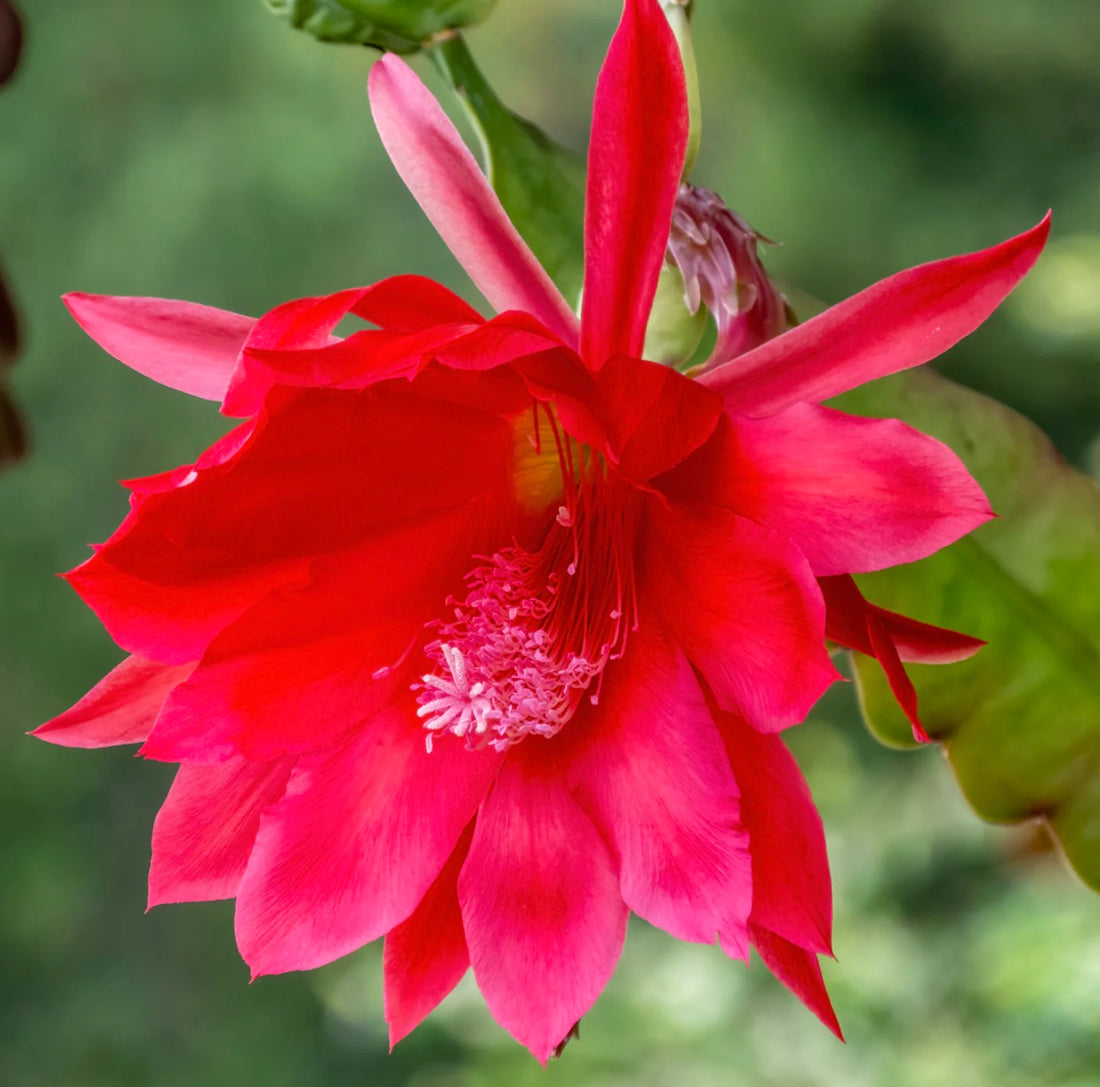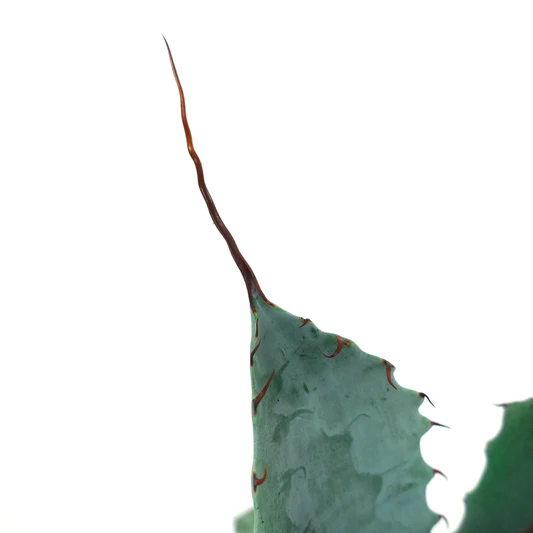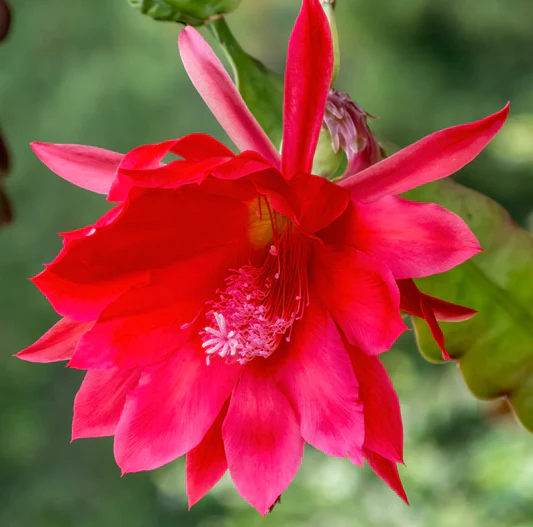Nopalxochia ackermannii (also know as Epiphyllum ackermannii or the Ackermann's Orchid Cactus) is a species of epiphytic cactus native to the tropical forests of Central America. These plants are highly valued for their large, brightly colored flowers, which bloom at night and are known for their stunning beauty. The genus Epiphyllum belongs to the Cactaceae family and comprises a variety of epiphytic cacti, which are distinguished by their growth habits and unique flowering characteristics.
Historically, Epiphyllum ackermannii and other epiphytic cacti have played a significant role in horticulture and the ornamental plant trade. They have been cultivated and hybridized extensively to produce a wide array of flower colors and forms, catering to plant enthusiasts and collectors worldwide
The origin of the colorful hybrids we call epicacti from six primary bigeneric hybrids in the early part of the nineteenth century has been described in detail in 1962. However, many reported pedigrees are conflicting or conjectural, and there is a good field here for experimental work in remaking the ancestral crosses. By far the commonest of the epicacti in European collections is what is commonly referred to as Epiphyllum ackermannii. It is vigorous, hardy, free-flowering and almost unkillable, which explain why it has survived the vagaries of fashion and other hazards during long domes-tication. The rediscovery of true wild ackermanni, now classed as a species of Nopalxochia, revealed that our hardy veteran is not the same taxon at all.
Nopalxochia ackermannii lacks those qualities of toughness and hardiness that make for a successful garden plant. To avoid undesirable changes of name, it seems to be permissible to retain the name 'Ackermannii' as a cultivar name for the old-established favorite, which has been classified provisionally as a nothomorph of x Heliochia vandesii-that is, a descendant from Heliocereus speciosus x Nopalxochia phyllanthoides.
Armature also ranges from almost unarmed to stiffly bristled, although never as strongly armed as in Heliocereus specious. Flowers are very uniform: all orangey-red, without the steely-blue flush of H. specious, although it is known that this reappears in later generations. Like many cactus beginners these retain a measure of fertility and produce some functional pollen and set an occasional fruit.
The general resemblance of these seedlings to 'Ackermanni', 'Ignescens, Lateritius' and allies is sufficient proof, I think, of the ancestry of these, but later backcrossings to one or other parent cannot be ruled out for some. As for 'Ackermannii itself, the story would seem to piece itself together as follows. The first x Heliochia, the foundations of modern epicacti, came into being at least as early as 1824, some 15 years before the introduction of Epiphyllum crenatum. Nopalxochia ackermannii arrived in 1829. During the latter half of the nineteenth century, when cacti gave way to ferns, palms, orchids and other fashionable favorites, only the toughest survived-'Ackermannii among them-while the similar-looking but feeble Nopalxochia ackermannii soon faded from the scene, but not before its label had been switched to the usurper. The displacement of a delicate species by a robust hybrid is a common phenomenon in horticulture, no less so than the transposition of labels.



